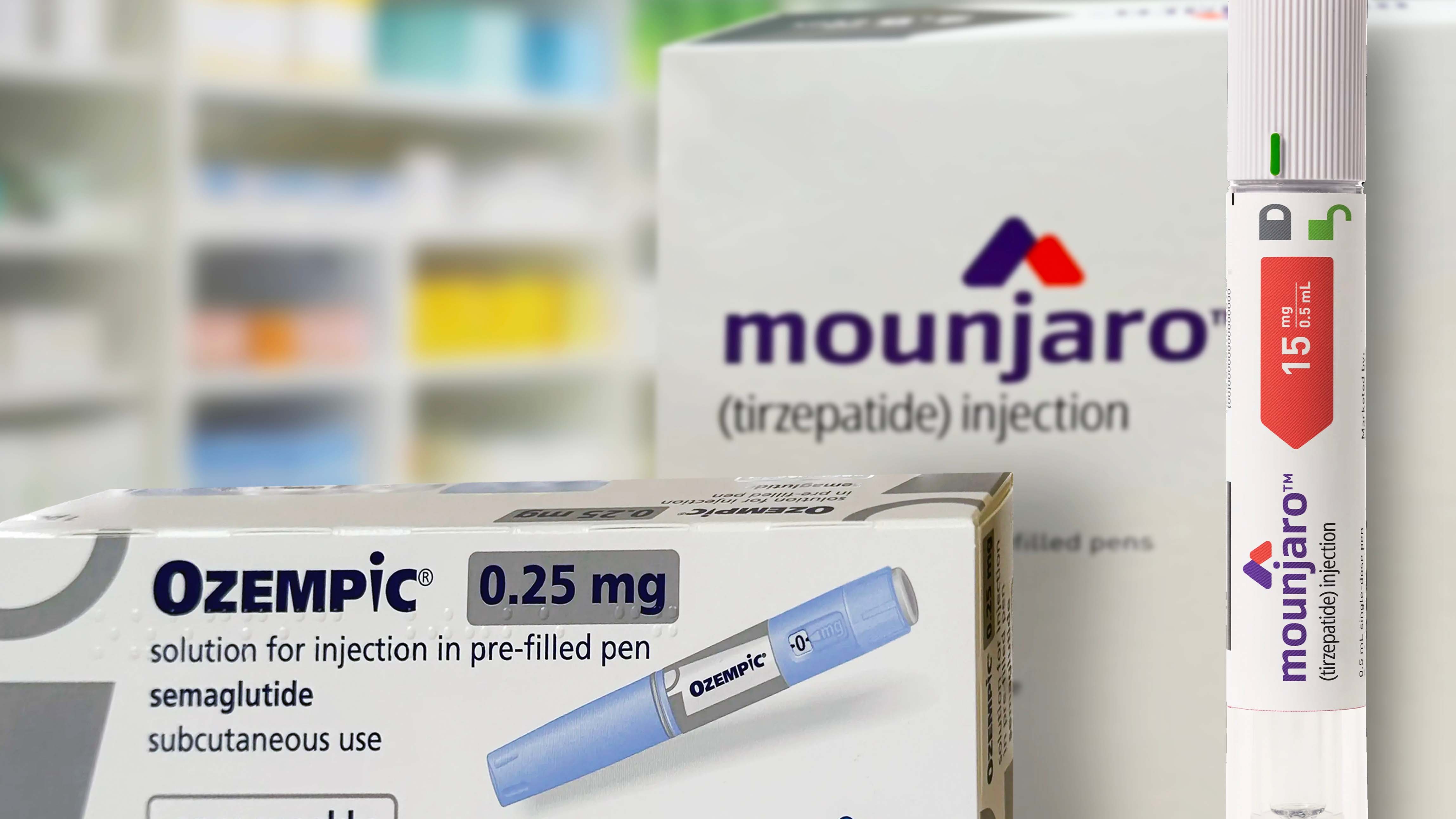It may be more than sugar in juices and snacks that makes kids hyper, but the government isn't ready to finger food dyes as the culprit.
A Food and Drug Administration panel probing a possible link between certain food dyes and increased cases of hyperactivity among children said cutting out dyes from diets could help some kids. But more studies were needed, the panel found.
The advisory committee of food scientists, toxicologists, epidemiologists and environmental health specialists also voted 8-6 that product packages don't need to warn about the possible link, The Associated Press reported.
Color additives like quinoline yellow and ponceau 4R have long been thought safe. But a 2007 study by the U.K.'s Food Standards Agency found a direct link between juices with food coloring and hyperactivity.
The European Parliament now requires food products containing the six dyes involved in the British research to carry a label warning that they "may have an adverse effect on activity and attention in children.
Still, not all experts are convinced.
"At first glance, a study may appear to show an association, but when you consider other important factors that could be responsible for the results, such as gender, maternal education level, pretrial diet and other factors, it becomes impossible to affirm that the change in behavior was due to food colors," Keith Ayoob, director of the nutrition clinic at the Rose F. Kennedy Children's Evaluation and Rehabilitation Center at Albert Einstein College of Medicine, told the Washington Post.
Health
The FDA panel's decision came after two-days of hearing testimony from industry and consumer advocates.
Selected Reading: Time, The Washington Post, Reuters, AP



